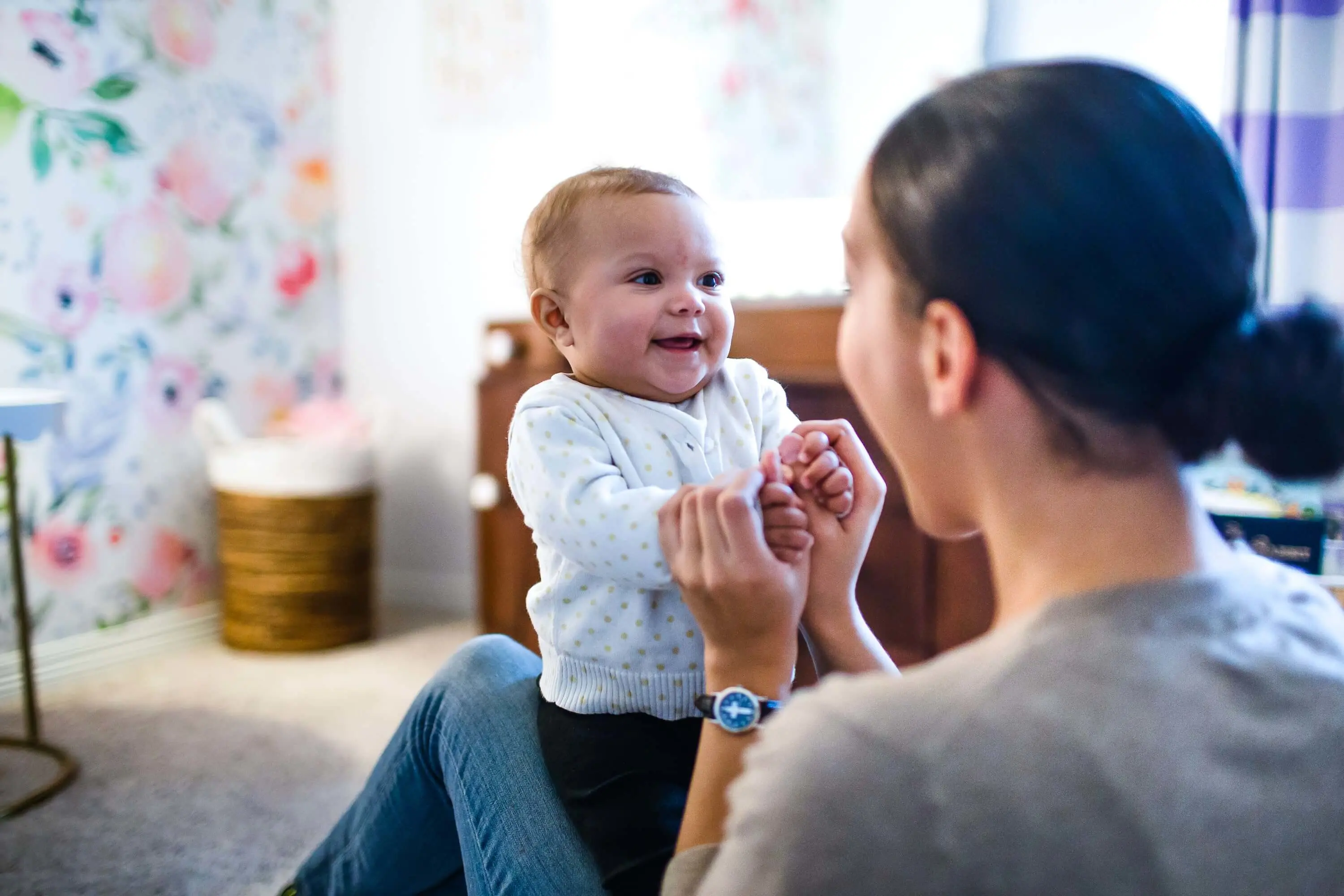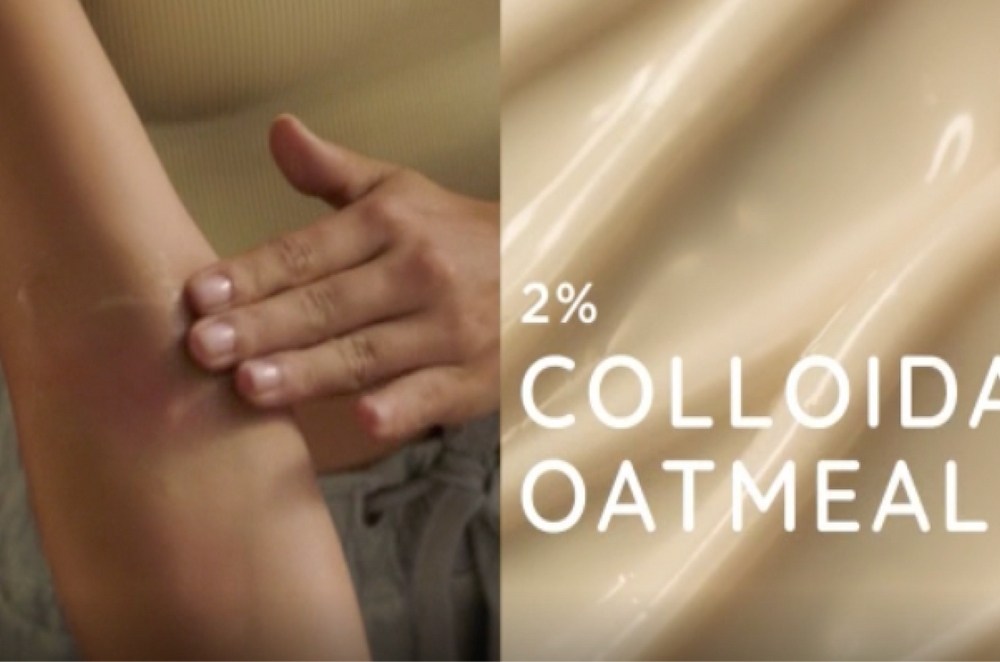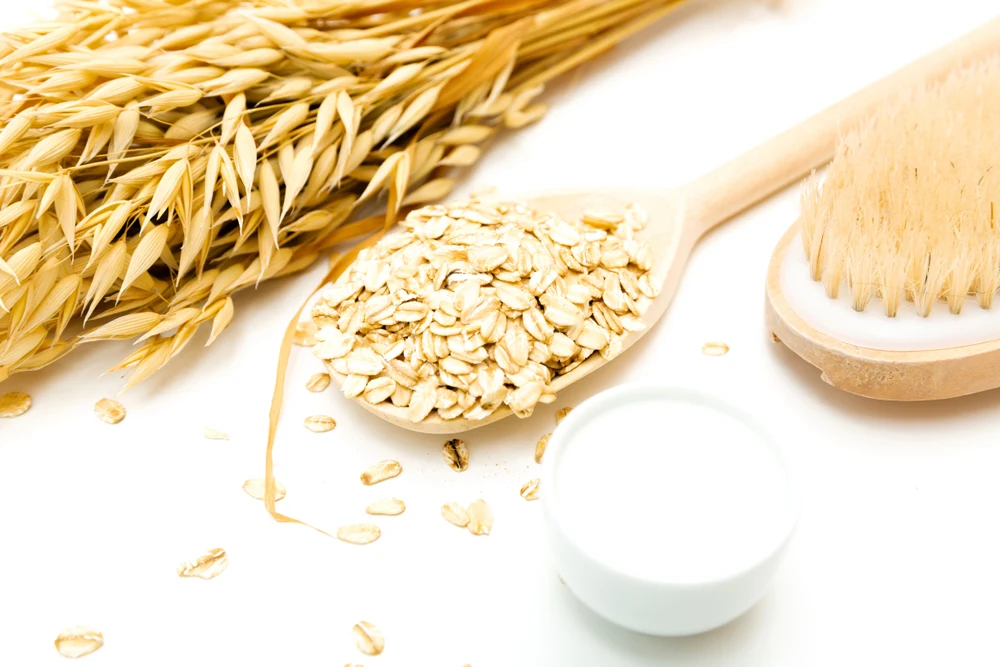What Causes Sensitive Skin for Babies?
A baby’s skin is actually 20% thinner than an adults making it far more delicate and therefore more susceptible to environmental changes. For instance, baby’s skin will lose moisture more quickly in a dry home and develop sunburn with less sun exposure than an adult.
At the same time, baby’s immune system - the part of the body that fights off illness - is also still developing. When your infant’s skin comes into contact with new, foreign substances, such as dyes or fragrances, this vital regulatory part of the body has to first identify the substance as friend or foe and then act accordingly. Sometimes it can get a little overprotective, triggering physical reactions as a way of indicating, “I didn’t like that!” with greater frequency or in response to otherwise innocuous molecules.
What to Look Out for with Sensitive Skin for Your Baby
If you stopped ten parents on the street and asked whether their child had experienced any rashes during infancy, chances are good that a majority would say “yes.” Symptoms of sensitive skin can vary depending on the root cause and may actually present differently as your child “ages out.” Below are some common triggers that will cause flare-ups, particularly for babies with sensitive skin.
Heat: Babies can neither regulate their body temperature as effectively as older children and adults, nor can they easily wipe away excess sweat. As a result, babies in hot, humid temperatures will often experience heat rash, also called miliaria or “prickly heat.” In such instances, blocked sweat glands create pink or red, bumpy blotches on the face or in skin folds of the neck, chest, arms, and legs. Luckily, this will often resolve quickly once baby is cool and dry.
Drool: One of the most common baby skin sensitivity flare ups occur in response to long exposure to drool and spit-up on the chin, cheeks, neck or chest. Drool rashes often appear as red, raised and bumpy patches.
Friction: Rough fabrics can also easily lead to red rashes for baby’s sensitive skin. This is something to be particularly thoughtful of when visitors wearing rough fabrics like wool ask to hold baby and during tummy time on rugs.
Caring for Your Baby’s Sensitive Skin
For Newborns (0 – 2 months)
Bath Smart: During baby’s first weeks, she or he will really only need sponge baths two or three times a week. These quick but gentle clean-ups should focus on the diaper area and neck, where grime can accumulate. Be sure to use a gentle, fragrance-free product. A hypoallergenic option, such as Aveeno® Baby Daily Moisture Healthy Start Newborn Wash, is a great option, especially if you’re already seeing signs of baby’s sensitive skin.
Support Hydration: When exploring how to treat sensitive skin, applying a skin protectant moisturizer is at the top of the list. Not only are baby massages a great opportunity for bonding, but they’re also helpful for keeping baby’s sensitive skin as supple and well moisturized as possible. Aveeno® Baby Daily Moisture Healthy Start Newborn Balm, made with a Triple Oat Complex, nourishes with a blend of Prebiotic Oat, Humectants, and Ceramides to moisturize and supports baby's developing skin.
Pre-Wash Fabrics: From washcloths and bedding to baby’s many onesies, it’s important to prewash the fabrics their skin will come into contact with in order to minimize potential irritants carried over from the factory or store. Always opt for a dye-free, fragrance-free detergent even if this means separating baby’s items from the rest of the family’s wash.
Stay in the Shade: In addition to heat stroke, a newborn is susceptible to sunburn much more quickly than an adult. The American Academy of Pediatrics recommends keeping children out of direct and indirect sunlight until at least 6 months of age.
Keep Skin Clean and Dry: Baby drool is a guaranteed part of early infancy, but when left sitting on the skin around the mouth and chest, it will cause irritation. Change bibs as soon as they’re soaked through, and use soft washcloths for spot cleans as needed, always opting to pat baby dry instead of rubbing.
For Infants (2 months – 1 Year Old)
Avoid Long Soaks: As baby ages into full-on bath time and demonstrates more fun in the tub, it can be easy to overstay. To avoid drying baby’s skin, limit baths to less than 10-minutes, and use only lukewarm water.
Continue Moisturizing: Even if your infant is showing fewer signs of dry or sensitive skin, it’s important to continue keeping their skin well hydrated as it matures. Lather up before bed and promptly after every bath.
Spot Clean: As baby graduates to solid foods and becomes more mobile, dirt and grime become common culprits. Use a soft cloth with water to clean away any leftovers paying particular attention to the folds and crevices of baby’s sensitive skin.
Sunscreen: Over 6 months, as baby becomes more mobile, keeping them fully shaded can be difficult during outdoor play. For the best protection, apply a hypoallergenic sunscreen that protects against both UVA and UVB rays to any exposed skin.
For Toddlers (1+ years old)
Keep Up the Lather: As your little one matures, invite them to begin taking part in their daily moisturizing routine with a fun twist. Turn them into a polka dot monster by applying a few dollops of your favorite creamy oil to their skin, and then inviting them to morph back into themselves by rubbing it in evenly. This playful way of approaching their sensitive skin turns a challenge into a fun opportunity.
Managing baby sensitive skin can be a bit of a challenge, both emotionally and practically, so know that you’re not alone if you find yourself exasperatedly asking, “When does baby skin become less sensitive?” The truth is that some children will “outgrow” certain dry skin conditions like eczema, while others may experience sensitivities well into adulthood, and the biologic reasons behind this differentiation aren’t totally clear yet. However, with the right products and a relentless routine, you can keep your child comfortable and on the right path to soft, healthy skin.




